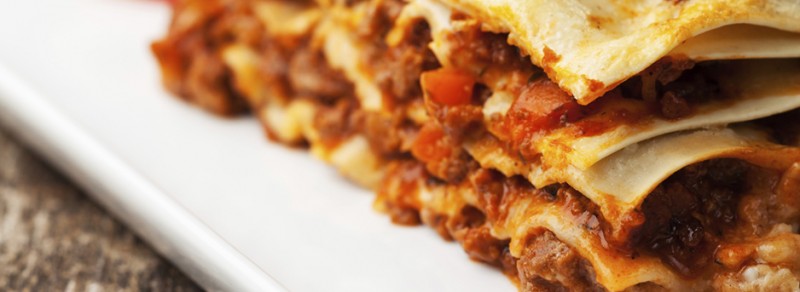 f co-ordinated pan-European testing for horse meat DNA in beef products was launched in April this year. This testing was a follow-up to the exercise carried out in 2013 in the wake of the horse meat crisis, where 4.6% of products tested positive. This second round of testing was requested and co-financed by the European Commission. The findings are encouraging as they show that the situation has significantly improved, with only 0.61% of samples testing positive.
f co-ordinated pan-European testing for horse meat DNA in beef products was launched in April this year. This testing was a follow-up to the exercise carried out in 2013 in the wake of the horse meat crisis, where 4.6% of products tested positive. This second round of testing was requested and co-financed by the European Commission. The findings are encouraging as they show that the situation has significantly improved, with only 0.61% of samples testing positive.In each EU country, the number of tests recommended to detect the extent of the mislabelling variedbetween 10-150 samples depending on the size of the country. Some EU countries exceeded the number of tests recommended by the Commission.
Overall, 2 622 tests were carried out by the competent authorities in the 28 EU countries, Norway, Iceland and Switzerland. Of those tests, only 16 revealed positive traces of horse meat DNA, or 0.61% of the samples. All the 16 cases are being followed-up by the competent authorities in the Member States concerned with appropriate enforcement measures (market withdrawal, tracing, relabeling, extra controls at food business operator) and penalties.
The Commission will continue to work closely with EU countries and other partners to strengthen Europe’s ability to tackle food fraud by implementing a series of initiatives set out in the action plan that was launched in response to the 2013 horse meat scandal.
These initiatives include creating an EU Food Fraud Network for the exchange of administrative assistance and cooperation between EU countries and developing a dedicated IT tool that will underpin the work of the network and enable members to rapidly exchange information on potential cases of cross-border fraud.
The use of ad-hoc coordinated control plans has proven a useful tool to uncover fraud in the food supply chain. The Commission plans to make further use of this tool and is currently discussing with EU countries the prioritisation of products that will be the focus of future testing schemes.





